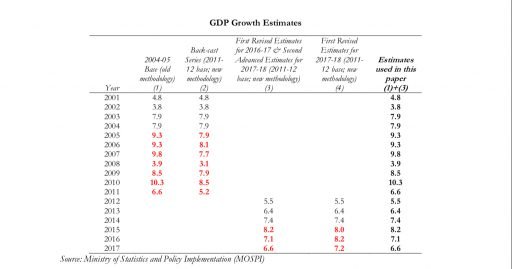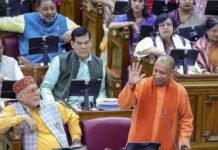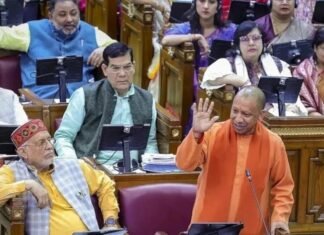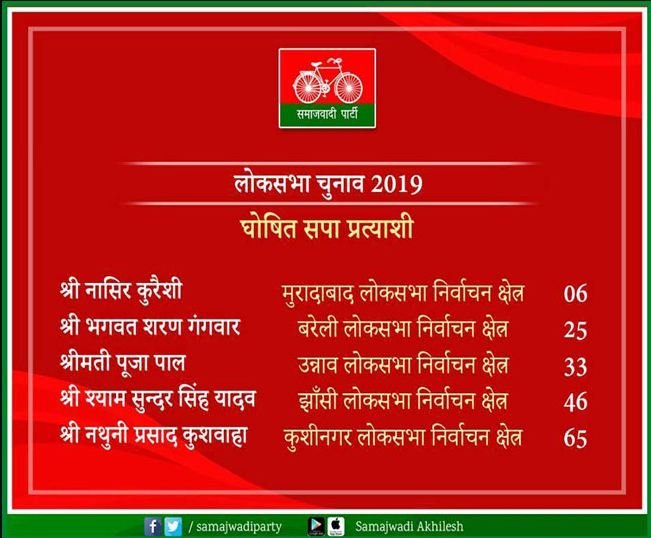The former chief economic adviser(CEA) has argued that India’s GDP growth in the period 2011-12 to 2016-17 has been over-estimated, and being the fastest growing major economy may now be a far fetched idea.
He said, In a research paper, ‘India’s GDP Mis-interpretation:Likelihood, Magnitudes, Mechanisms, and Implications’, published by Harvard University, he revealed that actual GDP growth during that period was 4.5% rather than 7% as presented by the official data. He also said that this deals with the technical origins of the GDP overestimation and not the political aspects of it.;

The abstract of the paper says ‘India changed its data sources and methodology for estimating real gross domestic product (GDP) for the period since 2011-12. This paper shows that this change has led to a significant overestimation of growth. Official estimates place annual average GDP growth between 2011-12 and 2016-17 at about 7 percent. We estimate that actual growth may have been about 4.5;percent with a 95 percent confidence interval of 3.5;- 5.5 percent. The evidence, based on dis aggregated data from India and cross-sectional/panel regressions, is robust.’
One of his arguments is that the new methodology for calculating GDP since 2011 does not correlate the growth numbers with other indicators of economic growth such as electricity consumption, two-wheeler sales, airline passenger, import export figures, steel, credit to name a few out of 17 such indicators mentioned in the paper.
ALSO READ: India’s GDP Mis-estimation: Likelihood, Magnitudes, Mechanisms, and Implications
He mentioned one sector where the “mis-measurement” seems particularly severe is formal manufacturing. Before 2011, formal manufacturing value added from the national income accounts moved closely with IIP (Index of Industrial Production) and with manufacturing exports. “But afterward the correlations turn strongly and bizarrely negative”
He also told “inaccurate statistics” on the economy’s health dampen the impetus for reform. Had it been known that India’s GDP growth was actually 4.5 per cent, the urgency to act on the banking system or on agricultural challenges may have been greater.”
Suggestions offered by former CEA
GDP estimation be revisited by an independent task force comprising national and international experts, statisticians, macro-economists and policy users. According to him, the popular narrative has been one of “jobless growth”, hinting at a disconnect between fundamental dynamism and key outcomes. He said” In reality, weak job growth and acute financial sector stress may have simply stemmed from modest GDP growth. Going forward, there must be reform urgency stemming from the new knowledge that growth has been tepid, not torrid; And from recognising that growth of 4.5 per cent will make the government’s laudable inclusion agenda difficult to sustain fiscally.”





















































